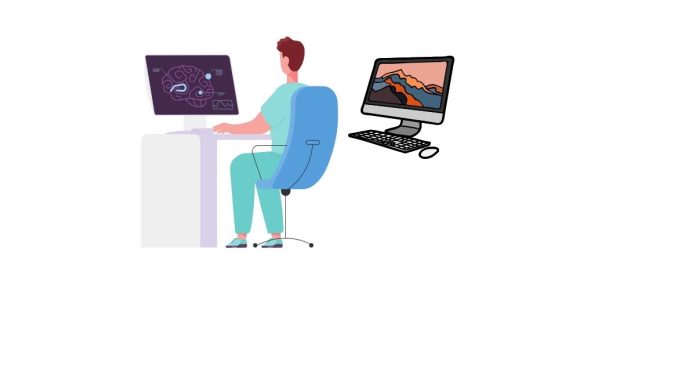Windows Live Essentials 2011 was a suite of free software applications released by Microsoft to enhance the functionality of Windows operating systems, particularly Windows 7 and Windows Vista. It was part of Microsoft’s broader effort to integrate web-based services and social media functionalities into their operating systems. Here’s a detailed breakdown of what it included:
1. Key Components of Windows Live Essentials 2011:
a) Windows Live Messenger (formerly MSN Messenger)
- This was one of the most popular instant messaging programs of its time. Windows Live Messenger allowed users to chat in real-time with friends, family, and colleagues. It featured text chat, voice chat, video calling, and file sharing. Messenger also integrated with various social media platforms and offered features like “social updates” from Facebook, Twitter, and other services.
b) Windows Live Mail
- A desktop email client, Windows Live Mail provided an alternative to Outlook Express. It supported multiple email accounts (including Hotmail, Gmail, and others), and offered features like calendar synchronization, contact management, and an easy-to-use interface for managing emails. Users could easily organize their emails, sort messages into folders, and manage multiple accounts in one program.
c) Windows Live Photo Gallery
- This was an image management and editing tool. It allowed users to import, organize, edit, and share photos. With basic editing tools (such as crop, rotate, red-eye removal, and basic touch-up features), users could enhance their images. Windows Live Photo Gallery also allowed for easy sharing of photos through email or uploading them to services like Flickr, Facebook, or Windows Live Skydrive.
d) Windows Live Movie Maker
- A video editing tool that made it easy for users to create and share simple videos. It offered basic editing functions such as cutting, trimming, and adding transitions, effects, and titles. Users could export their video creations to various formats and upload them directly to services like YouTube or Facebook. Movie Maker was ideal for casual video editors and home users.
e) Windows Live Sync (later known as SkyDrive and OneDrive)
- This application was a file synchronization tool that allowed users to sync files across multiple devices. It helped users keep files updated across different computers by automatically syncing documents and files stored in a special folder. This functionality was later integrated into Microsoft’s cloud storage service, OneDrive.
f) Windows Live Writer
- A blog publishing tool designed for bloggers. It allowed users to write, edit, and publish blog posts to popular blogging platforms like WordPress, Blogger, and TypePad. It provided a WYSIWYG (What You See Is What You Get) interface and features such as inserting images, videos, and links, making it easier for bloggers to create content offline and then publish it when ready.
g) Windows Live Family Safety
- A security tool aimed at parents and families, this program allowed users to set up parental controls and monitor children’s online activity. It helped protect children from inappropriate content and offered features such as location tracking, web filtering, and usage monitoring.
2. Functionality and Integration:
- Cloud Integration: Several of these applications, like Windows Live Photo Gallery and Movie Maker, offered direct integration with cloud services such as Windows Live SkyDrive (later OneDrive). This made it easier for users to store and access their data online.
- Social Media Integration: Windows Live Messenger and Windows Live Photo Gallery made it easy for users to link their accounts with social networks like Facebook and Twitter, streamlining the process of sharing updates and media.
- One-stop Suite: Windows Live Essentials was designed to be a comprehensive suite of tools for managing digital content, communicating with others, and syncing data across devices. It provided a more seamless experience compared to standalone programs.
3. End of Life:
- Discontinued: In 2012, Microsoft announced that Windows Live Essentials would be discontinued, and many of its components were either replaced or integrated into other Microsoft products. For instance:
- Windows Live Messenger was replaced by Skype in 2013.
- Windows Live Mail was replaced by the Mail app in Windows 8 and later versions.
- Windows Live Writer was open-sourced and continued to exist as “Open Live Writer.”
4. Legacy:
- Despite being discontinued, Windows Live Essentials 2011 remains an important part of Microsoft’s history. It marked a significant shift toward cloud-based services and the integration of social media into their software. Many of the tools and functionalities from Windows Live Essentials evolved into the services and apps that form part of Microsoft’s modern ecosystem, such as OneDrive, Skype, and the Office suite.
In short, Windows Live Essentials 2011 was a valuable collection of tools that offered everything from email management to photo editing, instant messaging, and blogging—helping users organize and enhance their digital lives.


